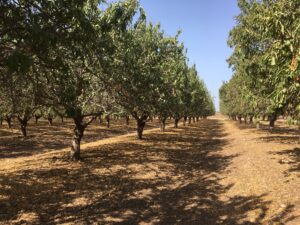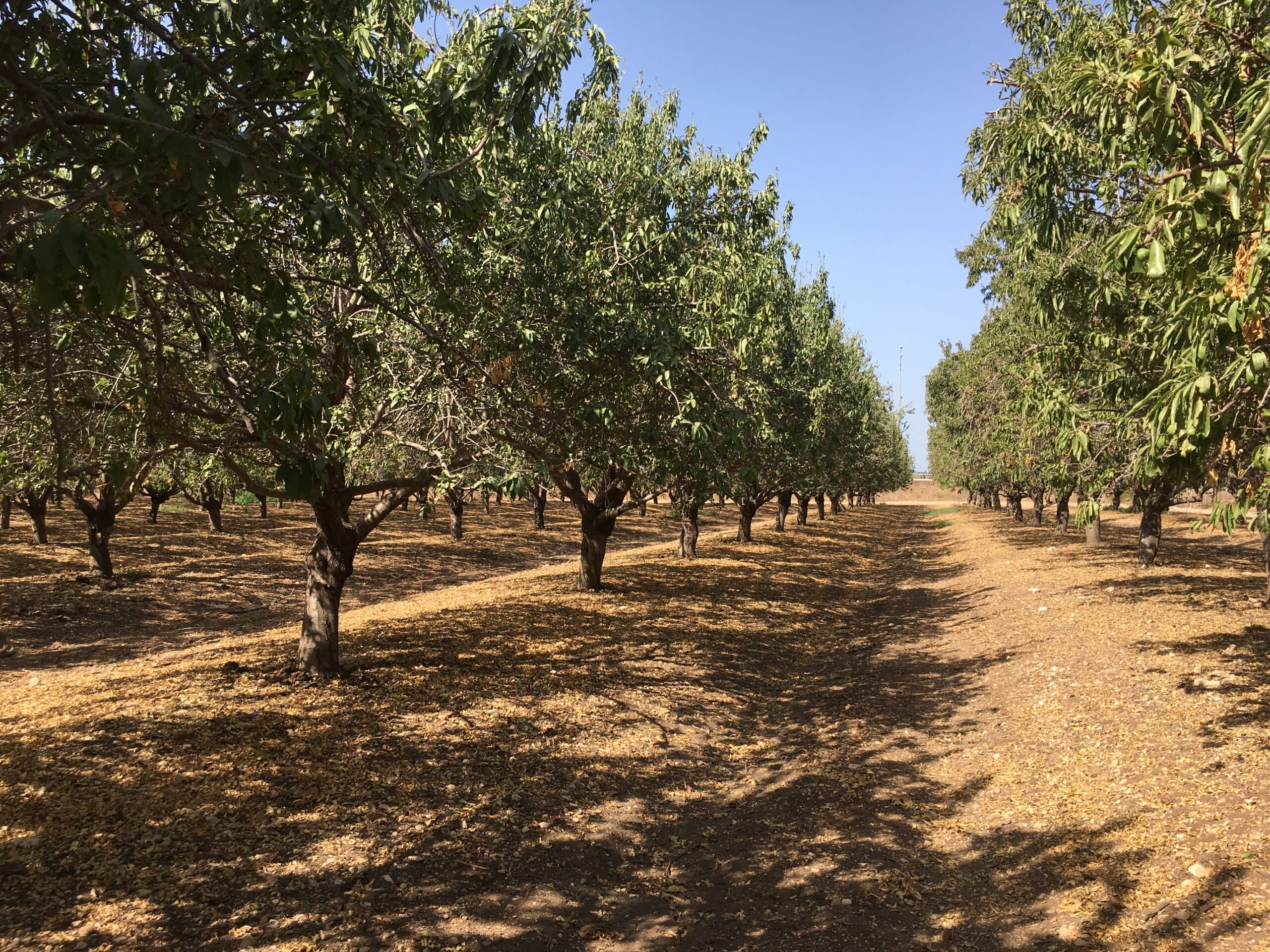 Potassium fertilizers have seen major increases in price over the past year. This is due to multiple factors, including increased demand, trade embargos with Belarus, and shipping constraints from Russian suppliers. Due to this price increase, many operations are trying to determine the appropriate amount of potassium needed for a specific orchard.
Potassium fertilizers have seen major increases in price over the past year. This is due to multiple factors, including increased demand, trade embargos with Belarus, and shipping constraints from Russian suppliers. Due to this price increase, many operations are trying to determine the appropriate amount of potassium needed for a specific orchard.
Potassium fertility management is different than nitrogen. Potassium moves into the root through diffusion and mass flow. This means that it must be within the active rootzone to be utilized by the tree. Additionally, potassium is a cation (K+) and will respond differently based on the type of soil. High cation exchange capacity (CEC) soils have many charge sites, which can prevent potassium from being available to the plant. This can be further complicated by the presence of micas and other clay minerals. In low CEC soils, the opposite is true, the reduced number of charge sites in the soil mean higher potassium uptake for the plant. However, keep in mind that this higher availability in the soil can also lead to more potassium leaching below the rootzone, increasing costs, or reducing tree productivity.
Potassium programs vary. Almonds use a significant amount of potassium, with 92 lbs of K2O needed for every 1000 lbs of kernels produced (92 kg of K2O/metric ton). Potassium is often applied as one of several products, including potassium sulfate, potassium chloride, potassium thiosulfate, and potassium nitrate. These materials may be applied blended with other fertilizers. For example, potassium chloride is commonly used within blends as it is easy to dissolve and stays in solution. Other sources are available, but are often more expensive and, regardless of the sales pitch, equal in performance. The only exception is compost, which can be cheaper per unit depending on the source and the analysis.
Due to the soil differences, soil samples are a must for determining the appropriate management strategy. Soils with CECs greater than 10-12 meq/100g can be managed with a more “apply when possible” approach, while soils with lower CECs require more in-season management. This may mean that a once-a-year or split program may be used in high CEC soils, utilizing cheaper solid or suspended-solution grade fertilizers. With lower CEC soils, potassium should be applied frequently (4-5 times/season, minimum) to maintain the ion in the active rootzone. Fertigated potassium can be applied either as a blend, soluble grade potash or muriate, potassium nitrate, or potassium thiosulfate. Over 50% of the potassium budget should be applied in-season on low CEC soils.
Mid-summer leaf samples are very effective tools in determine the tree´s potassium status. Results over 1.4% are considered sufficient, while ideal levels range from 1.4-1.6%. Leaf levels under 1% indicate deficiency. There is no need to increase leaf K over 1.6% as multiple studies have found that leaf levels above 1.6% have not been correlated with increased yields. If leaf samples are over 1.6%, consider reducing the amount of potassium applied, but review the soil samples to confirm adequate soil potassium levels. If sufficient or high soil levels are present, a reduction can occur. A small reduction of 10-20% can be made and can be followed up with soil and tissue sampling in the future year to determine if the reduction can continue. If less than 1.4% and soil results indicate low levels, an increase in the budget may be needed as deficiency has been shown to negatively affect yield for multiple seasons. If within the adequate range, annual applications should continue to meet tree demand to avoid deficiency, regardless of fertilizer prices.



Rob Mikkelsen
August 31, 2022Thanks David for the nice explanation on potassium use by almonds. For anyone interested in diving deeper into the agronomic workings of potassium, a free book was published last year by world experts: Improving Potassium Recommendations for Agricultural Crops. The 450-page book can be downloaded here for free: https://link.springer.com/book/10.1007/978-3-030-59197-7
Davidd
September 1, 2022Thanks Rob, that is a great resource!